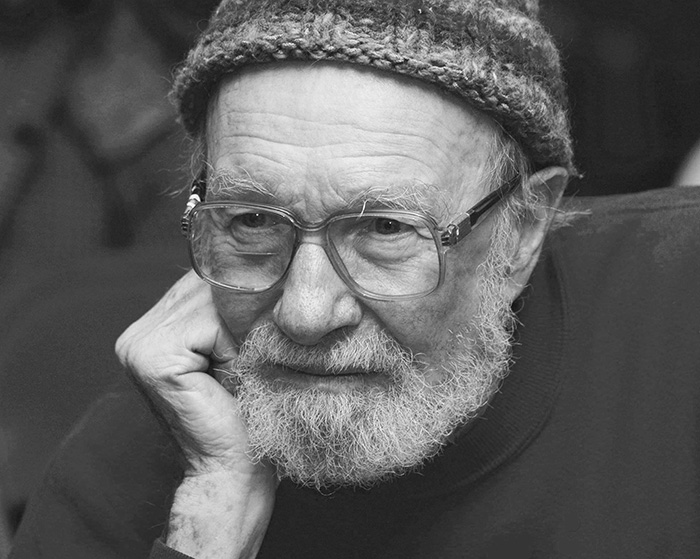
This article was originally published on the Smithsonian Folkways website. The full article can be read by clicking here.
Pete Seeger was a giant of our time. Growing up in a musical family, he had a long and productive career as a folk song leader and social activist. His father was the musicologist Charles Seeger, and his mother Constance was a classical violinist. At one point during his youth, Seeger and his brothers traveled extensively with their parents, entertaining communities throughout the countryside. When he was sixteen, he accompanied his father to Bascom Lamar Lunsford’s folk festival in Asheville, North Carolina. It is there that he first encountered the banjo and fell in love with it.

He went to Harvard hoping to become a journalist, but did not find what he was looking for there. In 1938, he settled in New York City and eventually met Alan Lomax, Woody Guthrie, Aunt Molly Jackson, Lead Belly, and others. The quality of music coming from this group immediately captured his attention. He assisted Alan Lomax at the Library of Congress’ Archive of Folk Song and was exposed to a wonderful array of traditional American music. Many in this group of musicians eventually formed the Almanac Singers in 1940. In addition to Pete, the group included Lee Hays, Woody Guthrie, Bess Lomax, Sis Cunningham, Mill Lampell, Arthur Stern, and others. They lived in a communal home, “The Almanac House,” in New York. The group performed for gatherings, picket lines, and any place where they could lend their voices in support of the social causes they believed in. Later, after World War II, many of the same people became involved in the musical organizations People’s Songs and People’s Artists.
In 1943, Seeger recorded in New York during a production of Earl Robinson’s Lonesome Train. While recording, he stopped by Moses Asch’s little studio and recorded several Spanish Civil War songs for his first acetate discs on Moses Asch’s record label. This was the beginning of a very long and prolific relationship between the two men.
In 1949, Pete Seeger began to perform with three other musicians: his old partner Lee Hays, who had a booming bass voice, Fred Hellerman on guitar and vocals, and Ronnie Gilbert, a young woman with a soaring voice. They called themselves The Weavers and played lovely arrangements of American folk songs, many written by old friends such as Lead Belly and Woody Guthrie. Some of their more popular songs were “Michael Row the Boat Ashore,” “It Takes a Worried Man,” “Wimoweh,” and “Kisses Sweeter Than Wine.” But none were more popular than the double sided 78 rpm hit “Goodnight Irene,” which was learned from Lead Belly, and Hebrew folk song “Tzena Tzena Tzena.” These tunes reached number one and number two, respectively, on the hit parade in 1950.
Continue reading and explore additional supplementary media on the Folkways website...
